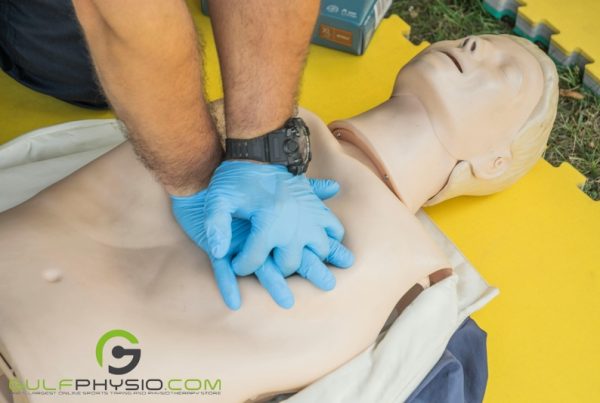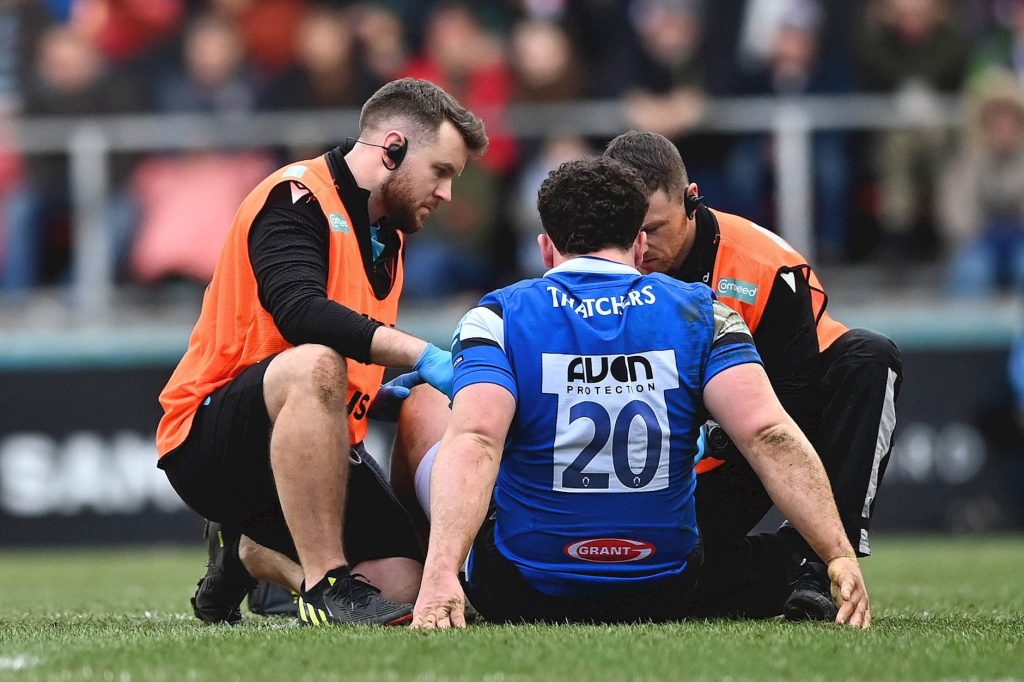
Everybody knows the game of rugby. Also called football in other parts of the world, it has been around for exactly 200 years now. It has lasted this long due to its growing popularity. Though, that doesn’t mean that it’s a safe sport to begin with
Since it’s a contact sport, even pro athletes have a high risk of incurring injuries during their careers. Some of them are pretty common. In this article, you’ll see this sport’s most common injuries so you’ll have an idea of what you’re dealing with.
Top 15 Common Injuries as seen on the Rugby Field
World-class rugby players are susceptible to various serious injuries due to the physical nature of the sport. Some of the most common serious injuries that can occur include:
1. Concussions

Head injuries, like concussions, should be taken seriously in rugby as well. Players can suffer concussions from tackles, collisions, or scrums. Proper concussion management and protocols are critical to player safety.
2. Fractures

Rugby players can sustain fractures, especially in high-impact areas like the collarbone, jaw, and cheekbones. This type of rugby injury can account for at least 6% of all the current rugby players. Fractures often require surgical intervention and extended recovery periods.
Due to their severity like a collarbone fracture, it’s even advised for players to have their injury pinned in place. It’s best to not move anything at all.
3. Dislocations
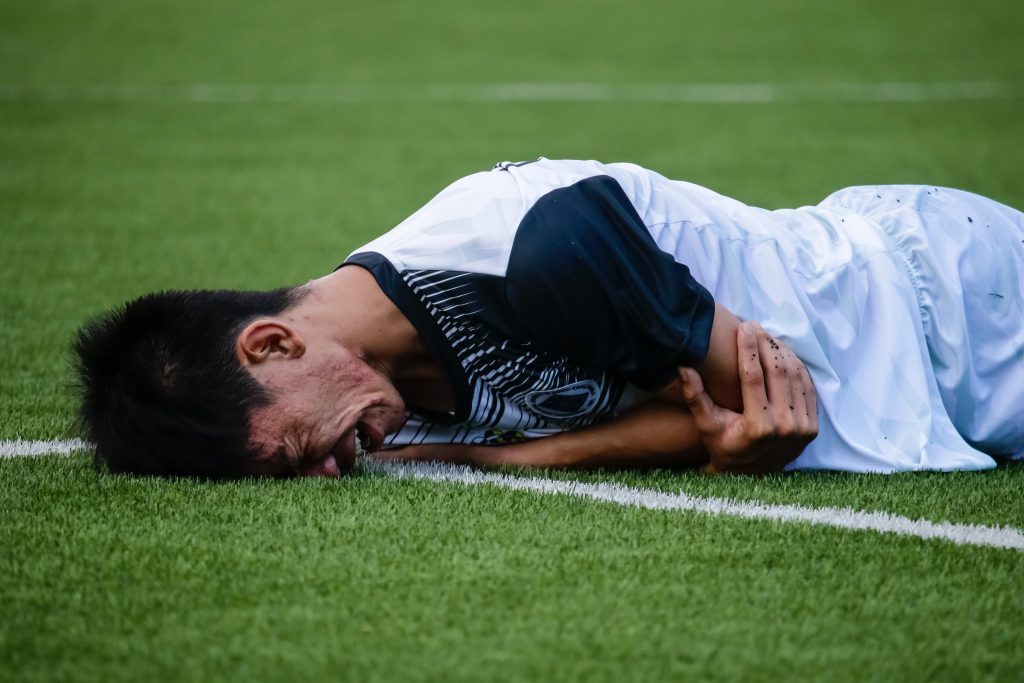
Joint dislocations, such as shoulder dislocations, can occur during tackles or scrums. They typically happen when a player lands too hard on their extended arm while it is in a tackle position. These injuries can be painful and may require surgical reduction.
4. Sprains and Strains
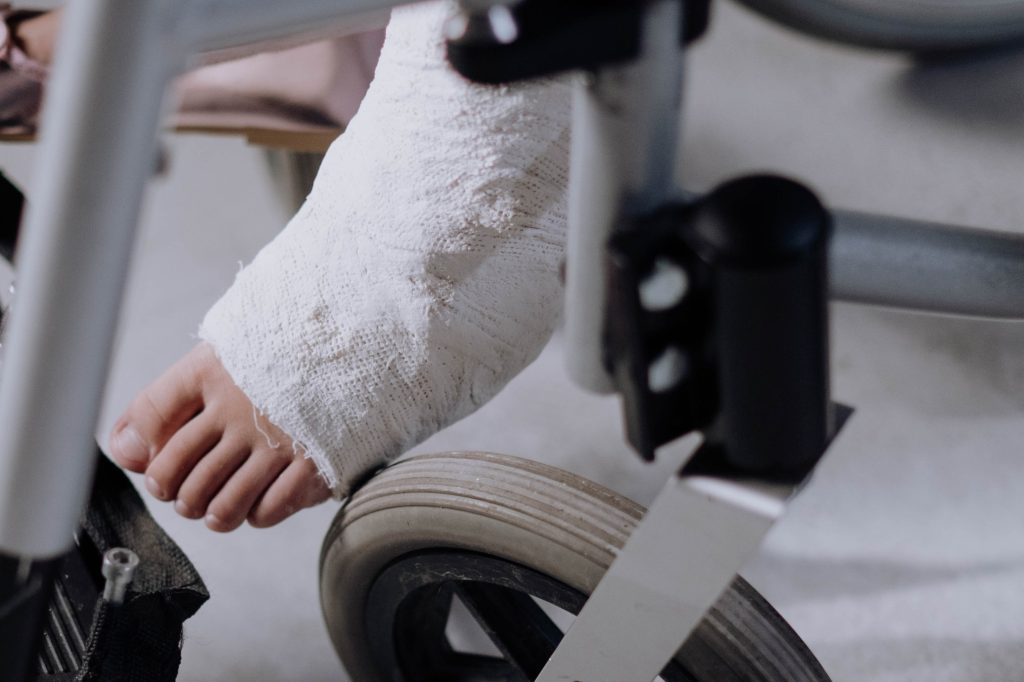
Muscular injuries like sprained ligaments (e.g., ACL, MCL) and muscle strains can be common. Sprains and strains are particularly prevalent in high-speed running and quick direction changes.
5. Torn Ligaments
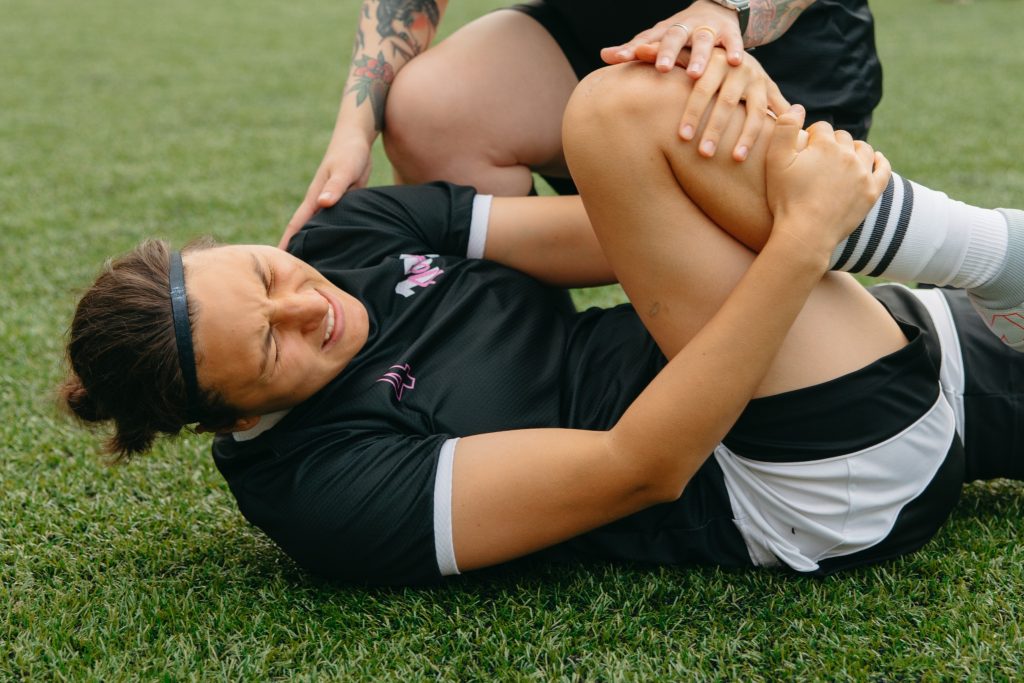
Rugby players are at risk of tearing ligaments in the knee (e.g., ACL, PCL) or ankle. Ligament injuries usually arise when a joint is put or forced into an uncomfortable position for too long. Athletes with these injuries often need surgery to fix them up, along with rehabilitation afterwards.
6. Hamstring Injuries
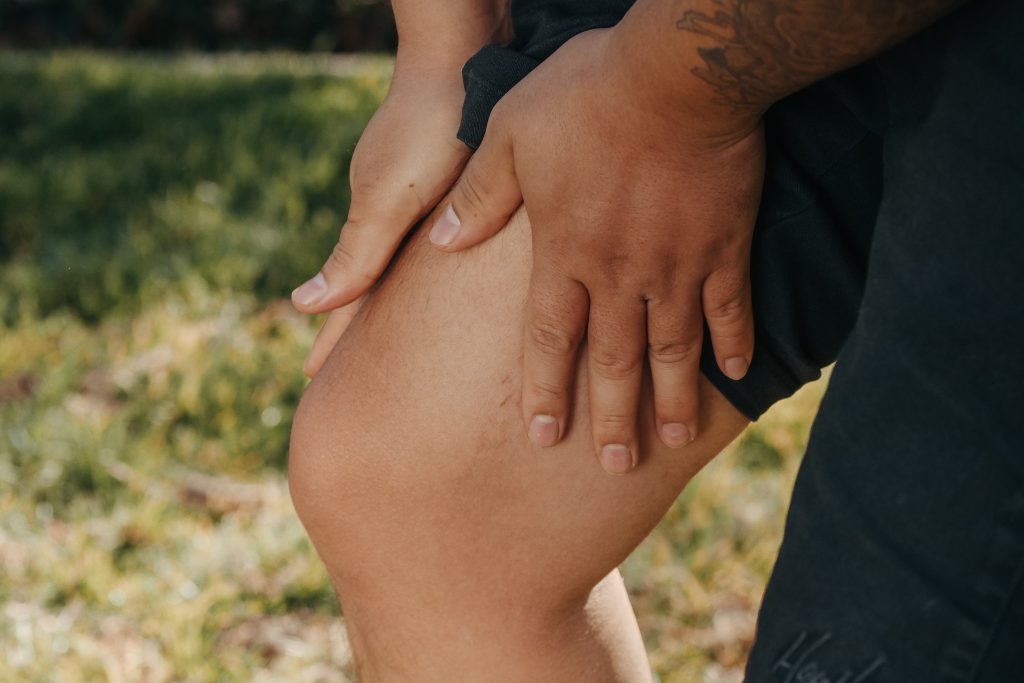
Hamstring strains and tears are widespread in rugby, primarily due to the sprinting and explosive movements required in this sport. Older individuals and players who have had hamstring injuries before do have a higher risk of having said injuries again.
7. Cervical Spine Injuries
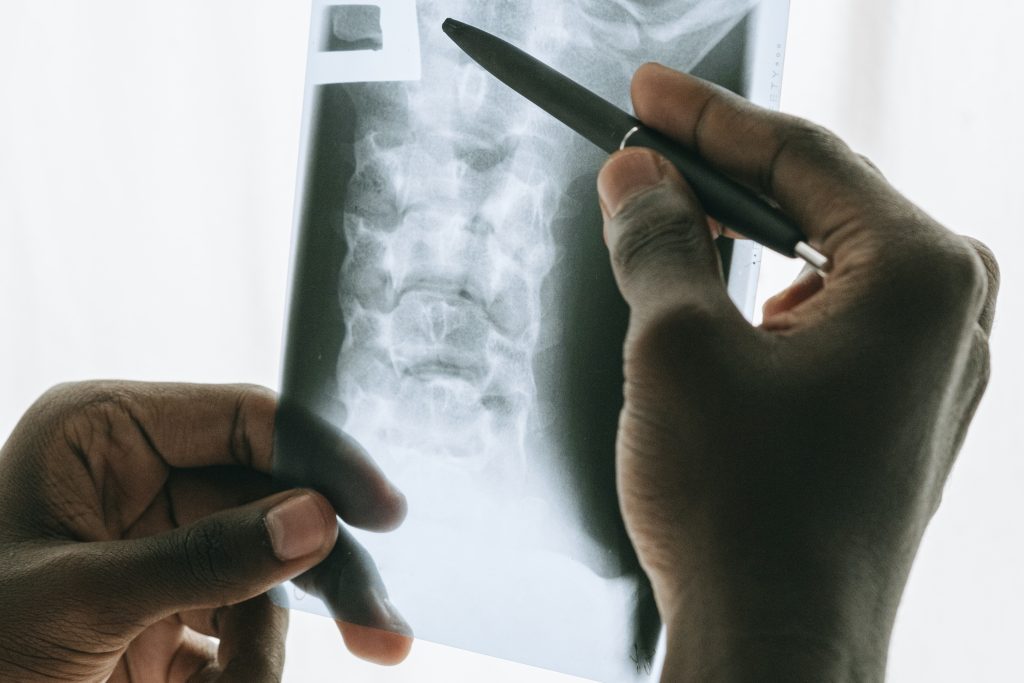
Serious neck injuries, including cervical fractures or spinal cord injuries, can result from scrums or tackles. Even though these injuries are rare, they can have severe consequences in the long run. Players can recover from such injury, but the severity of the injury could be lethal.
8. Achilles Tendon Injuries
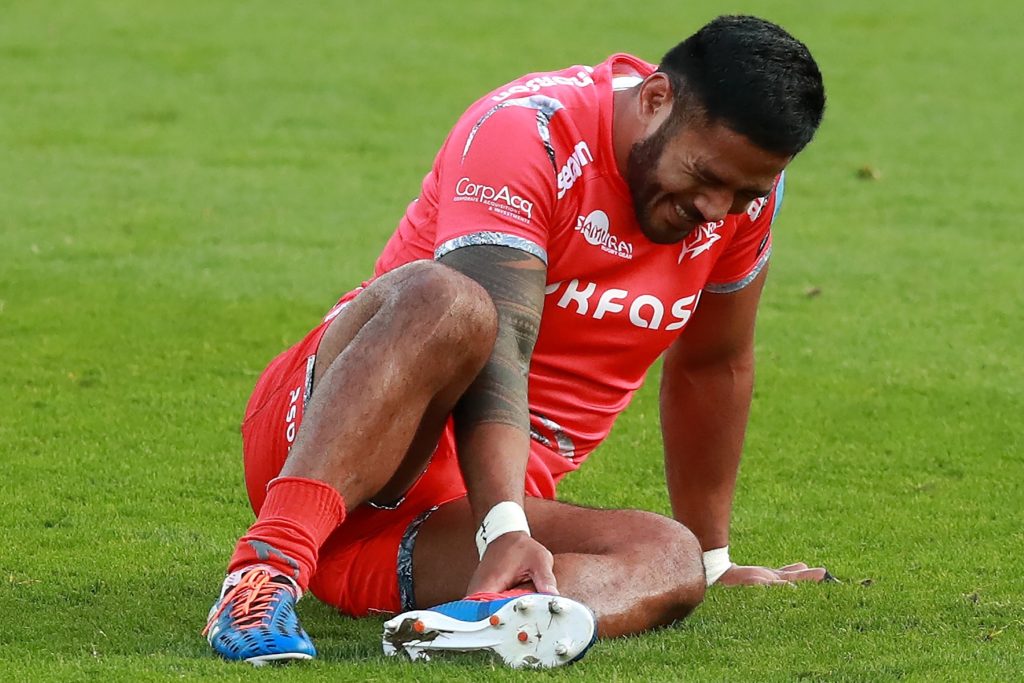
Confirmed by an MRI scan, Aaron Rodgers had a complete Achilles tendon tear. It only happened this September during the first game of the season. High-speed running and sudden changes in direction put rugby players at risk of Achilles tendon tears, which can be debilitating.
9. Rib and Rib Cartilage Injuries
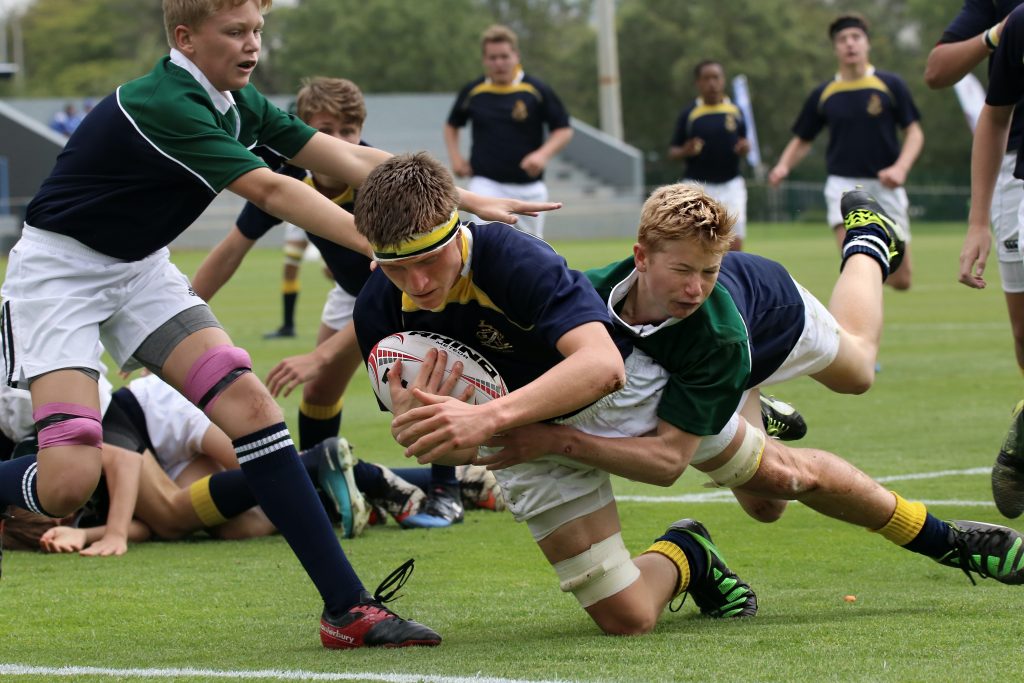
Impact injuries can lead to rib fractures or cartilage injuries, causing significant pain and discomfort. This could start off as oblique strains but can lead to much more serious injuries if not handled in time.
10. Facial and Dental Injuries
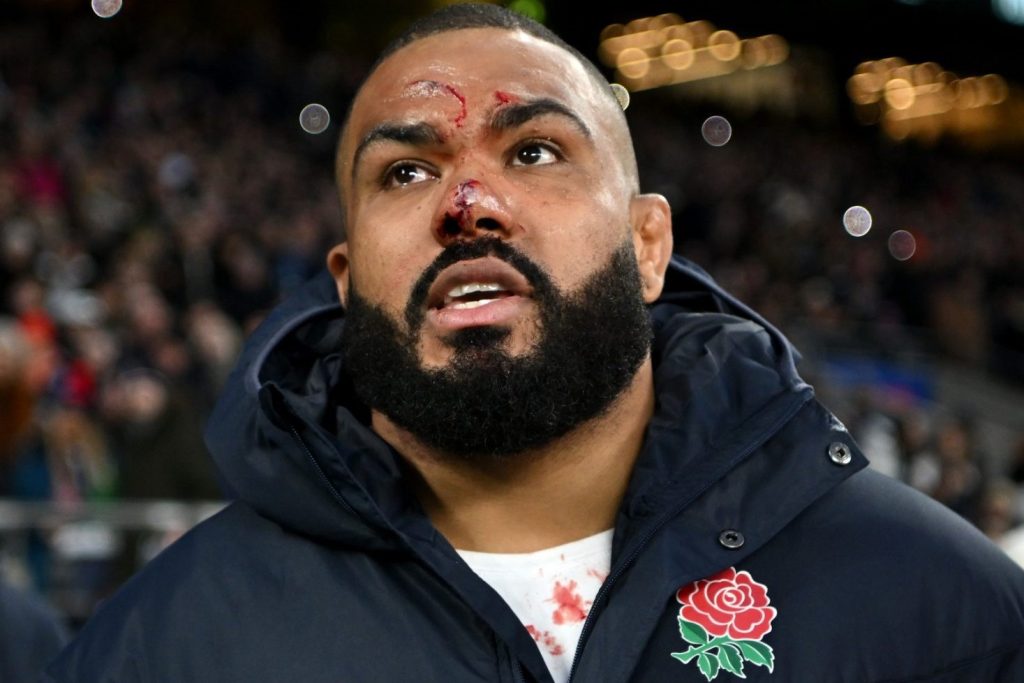
Facial lacerations, broken noses, and dental injuries are not uncommon due to the physicality of the sport. Even Antoine Dupont, the captain of the France national team, recently had a facial injury right on his cheekbone.
Head guards and mouthguards are specifically for the safety of the players due to the prevalence of dental trauma. For many young players, forgetting a dental shield can leave an impression.
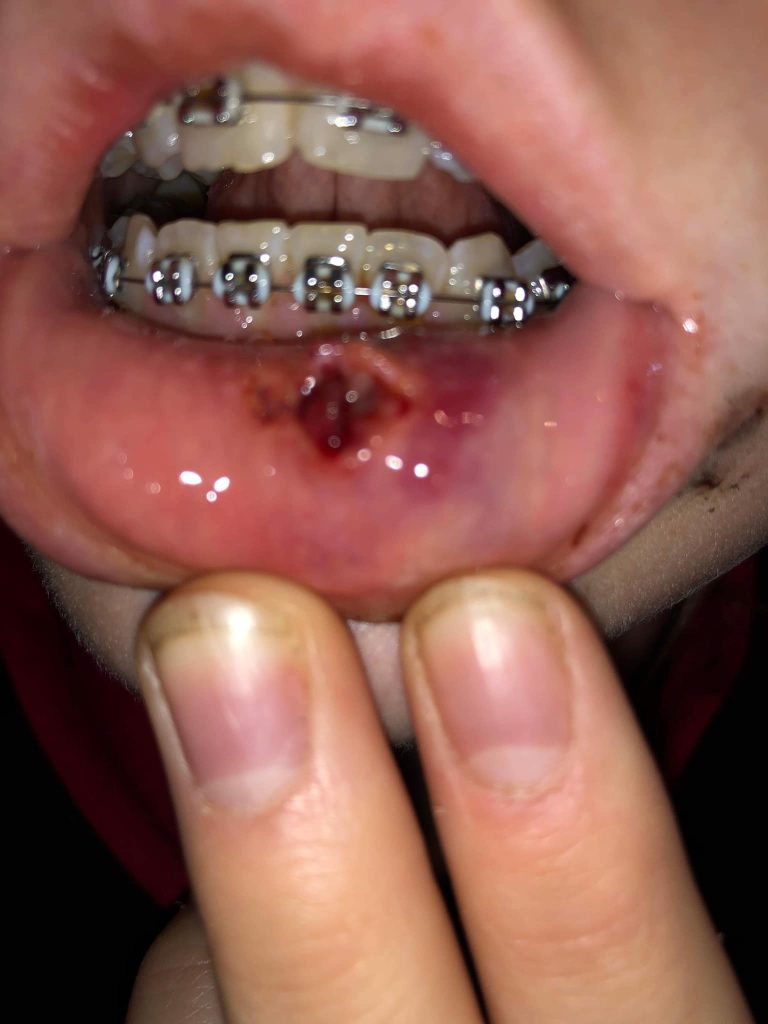
11. Ankle Injuries
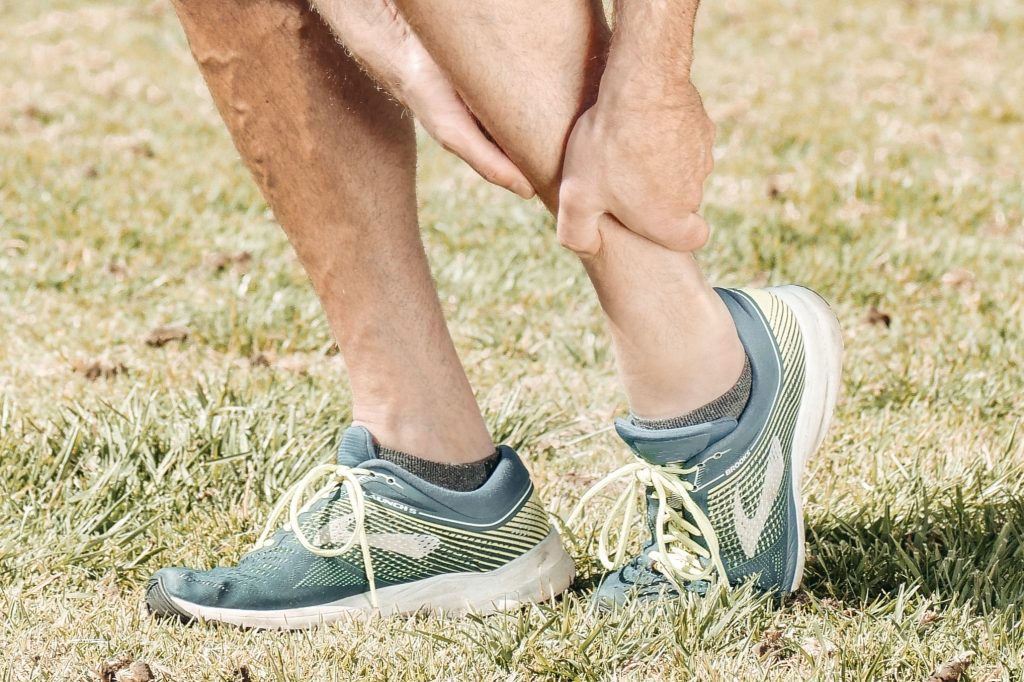
Ankle sprains and fractures happen when the ligaments connecting the ankle bones are pulled taut and/or broken. They can occur when players twist their ankles during tackles or when landing awkwardly after jumps.
12. Hip Injuries
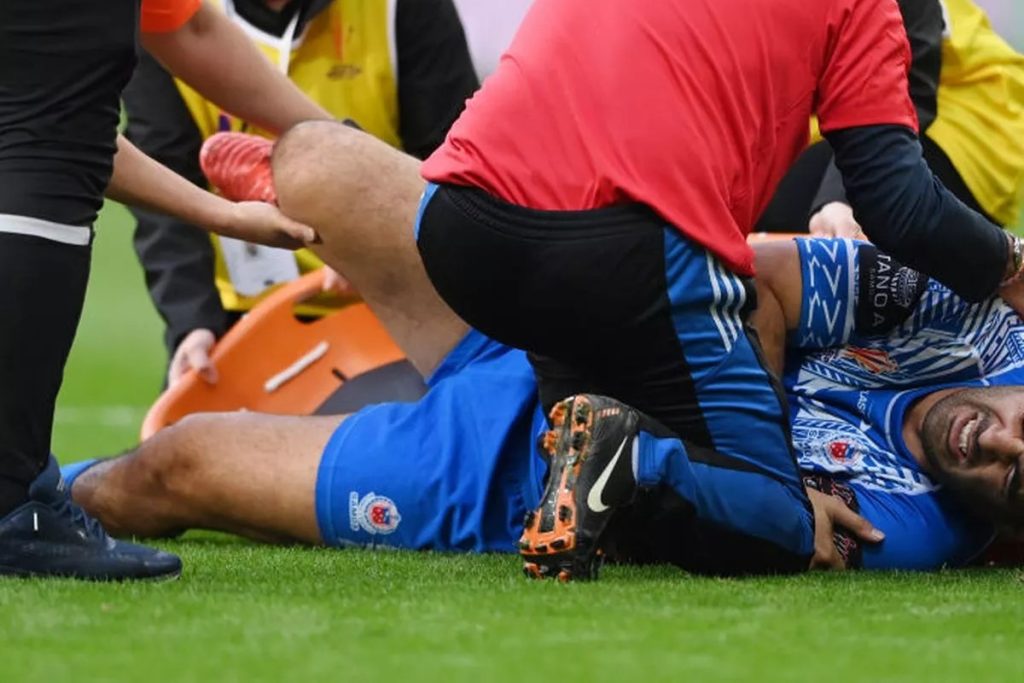
Hip labral tears and other hip injuries can result from the high-impact nature of rugby, particularly in the scrum. Hip injuries range from strained hamstring and pulled groin muscles to the dislocation of the hip bones.
13. Shoulder Injuries
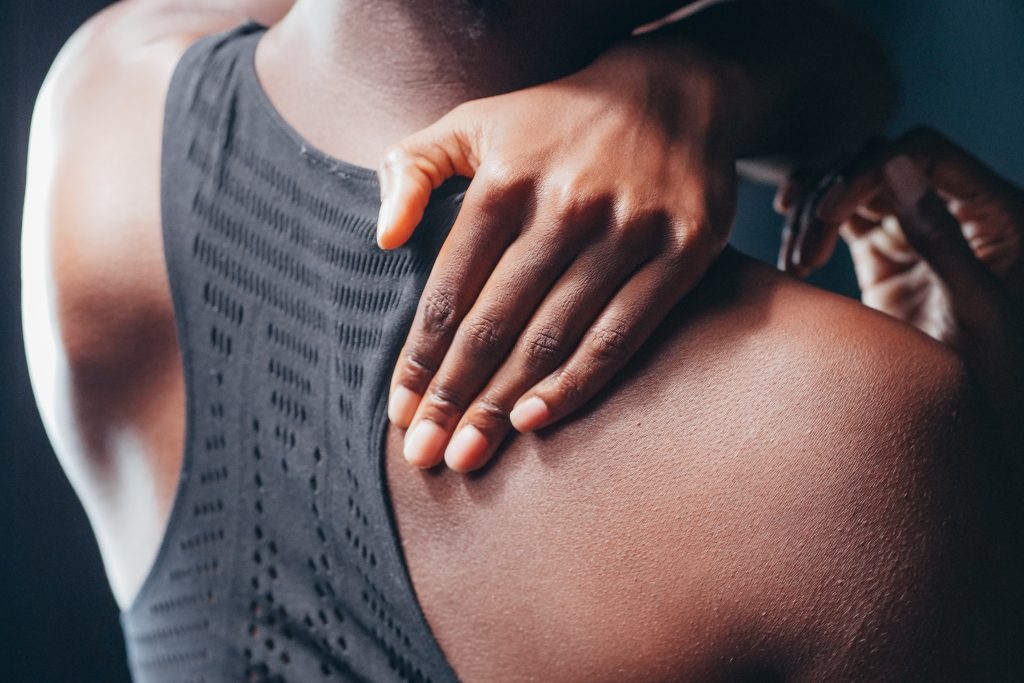
Rotator cuff injuries, labral tears, and AC joint injuries can affect rugby players due to tackles and collisions. Recurring force on athletes’ shoulders while lifting weights and during training can cause long term damage. Other shoulder injuries in rugby also include chronic AC joint pain and dislocated shoulders.
14. Overuse Injuries

Rugby’s demanding schedule can lead to overuse injuries, such as tendonitis and stress fractures, especially in the lower extremities. The constant training may lead to several overuse injuries, such as shoulder impingement and tendinopathy.
15. Contusions and Abrasions
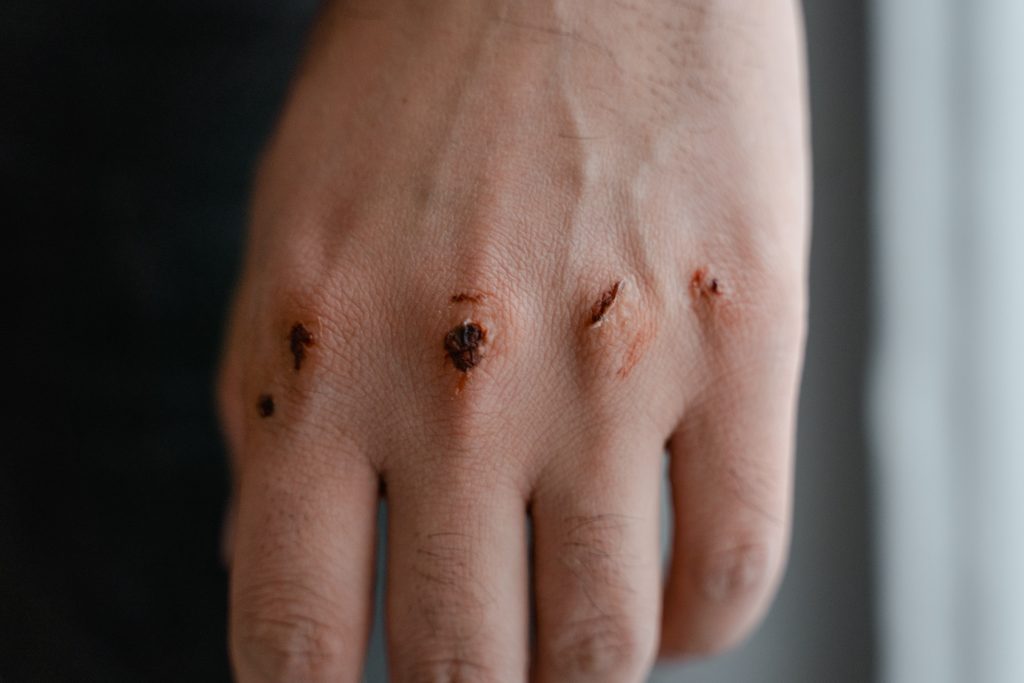
A contusion is when there is bruising, swelling, and tenderness to soft tissues under the skin. On the other hand, abrasions are cuts and bruises right on the skin. In rugby, bruises, abrasions, and skin injuries are commonplace since the sport does involve a lot of physicality.
In Conclusion
Rugby is a very physical kind of sport. Due to the nature of it, even seasoned athletes won’t be able to avoid any and all injuries above. Knowing that they exist could aid players by making them aware and preparing for the possibility of injury.
Moreover, it’s worth noting that rugby has evolved over the years with an increased focus on player safety. There are even programs that link players with others in their community. These groups help rehabilitate athletes by developing projects aimed at their well-being, like the RFU Community Rugby Injury Surveillance Project.
Moreover, it’s worth noting that rugby has evolved over the years with an increased focus on player safety. Rules and regulations have been implemented to reduce the risk of certain injuries. Proper training, conditioning, and injury prevention programs are crucial for minimizing the likelihood of serious injuries among world-class rugby players.


